Remember the sensational turn of events surrounding the launch of the Porsche Cayenne?
It was shortly after the turn of the millennium, and the company whose very existence was based upon a line of legendary sports cars was about to do something that its boss at the time had earlier pledged would never happen. Namely, add an SUV to its line-up.
The decision was met with varying degrees of scepticism among loyal fans. Some even went so far as to suggest that it marked the beginning of the end for Porsche.
A decade or so on, that controversial decision to diversify the Porsche model range to include an SUV is now viewed as a masterstroke. Successful beyond even the most optimistic sales predictions of the time, the Cayenne has established itself as the fastest-selling Porsche model of all time.
The Cayenne – worldwide sales of 77,822 last year alone – has provided Porsche with the scope for record annual sales, along with a solid financial foundation for further growth that has included new halo models such as the 918 Spyder.
Inevitably, given the profits that it has stashed away in recent years, it’s no surprise that we now have a second Porsche SUV, the new Porsche Macan.
This time around, though, the purists are notable for one thing only: their silence. To be unveiled at the Los Angeles motor show next month, the Macan is slightly smaller, more keenly priced and, says Porsche, more car-like in character than the Cayenne.
The suggestion is that it will ultimately prove more successful than its larger sibling and, given that it is tipped to be priced from £40,000 in the UK, this line of thinking sounds entirely plausible. Before its public debut, though, we have been invited to sample the new SUV on public roads during a final validation test with its project leader, Hans-Juergen Woehler, in California.
A size that matters
From a distance and without any other cars to reference for size, it is very easy to mistake the Macan prototypes with their Porsche Cayenne support vehicles.
The two share a common design language that remains clear, despite the light disguise worn by the prototypes that Porsche's test and engineering team has brought to North America. Love it or loathe it, you can’t deny that it is eye-catching.
One feature that immediately raises interest is the bonnet, a clamshell affair that features cut-outs for the headlamps and sides that wrap well down into the flanks below the top of the front wheel arches, similar to the Mini hatchback.It has been adopted to improve airflow within the engine bay, according to Woehler.


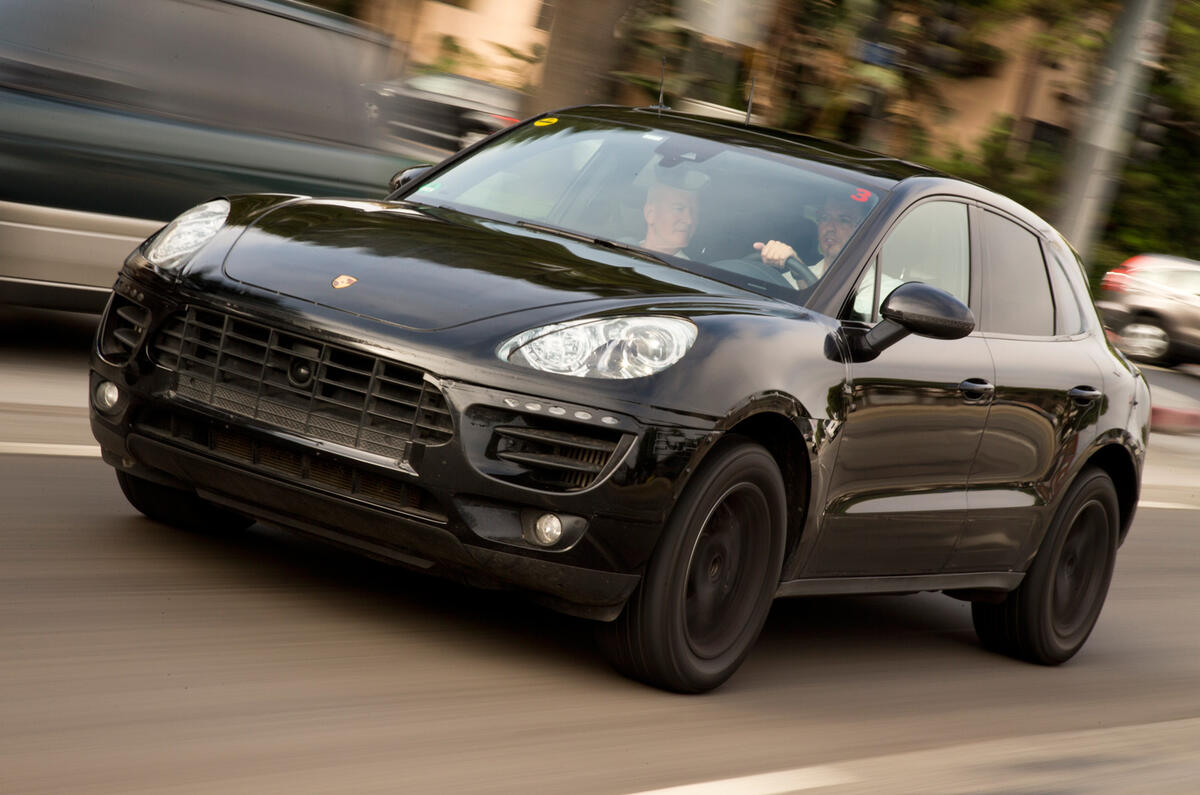
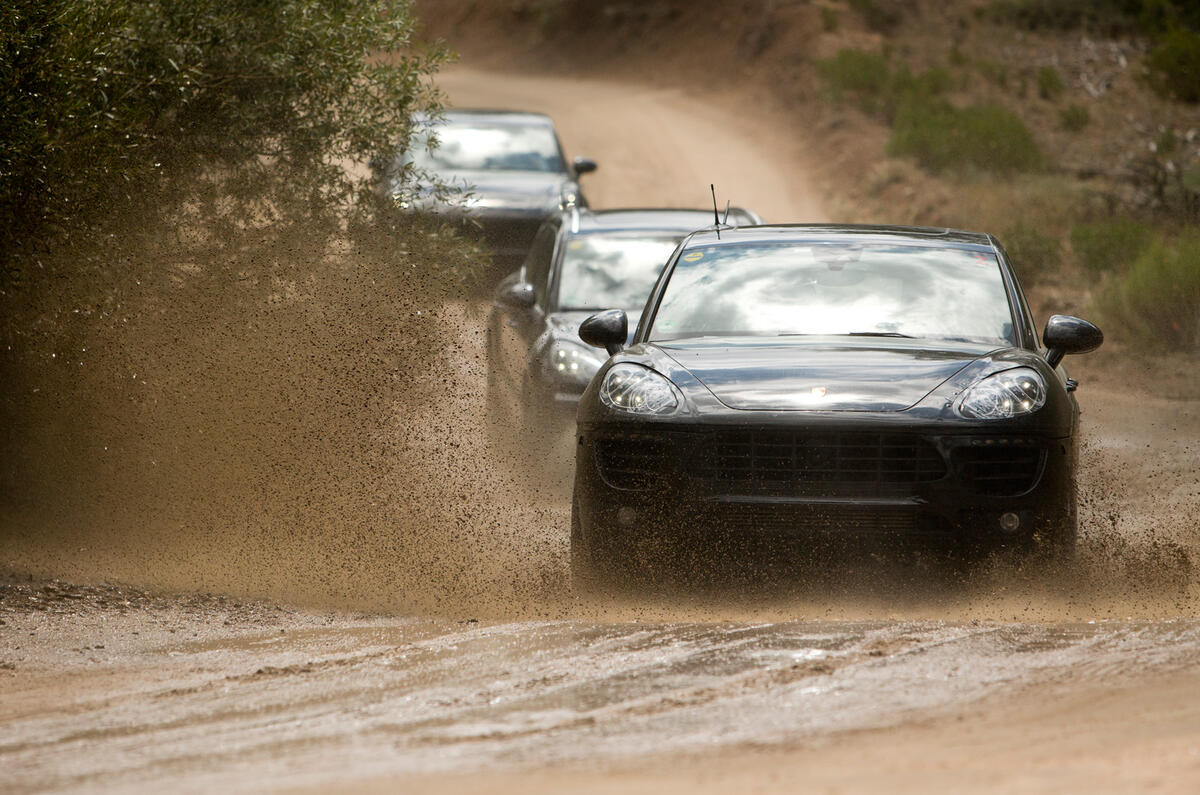
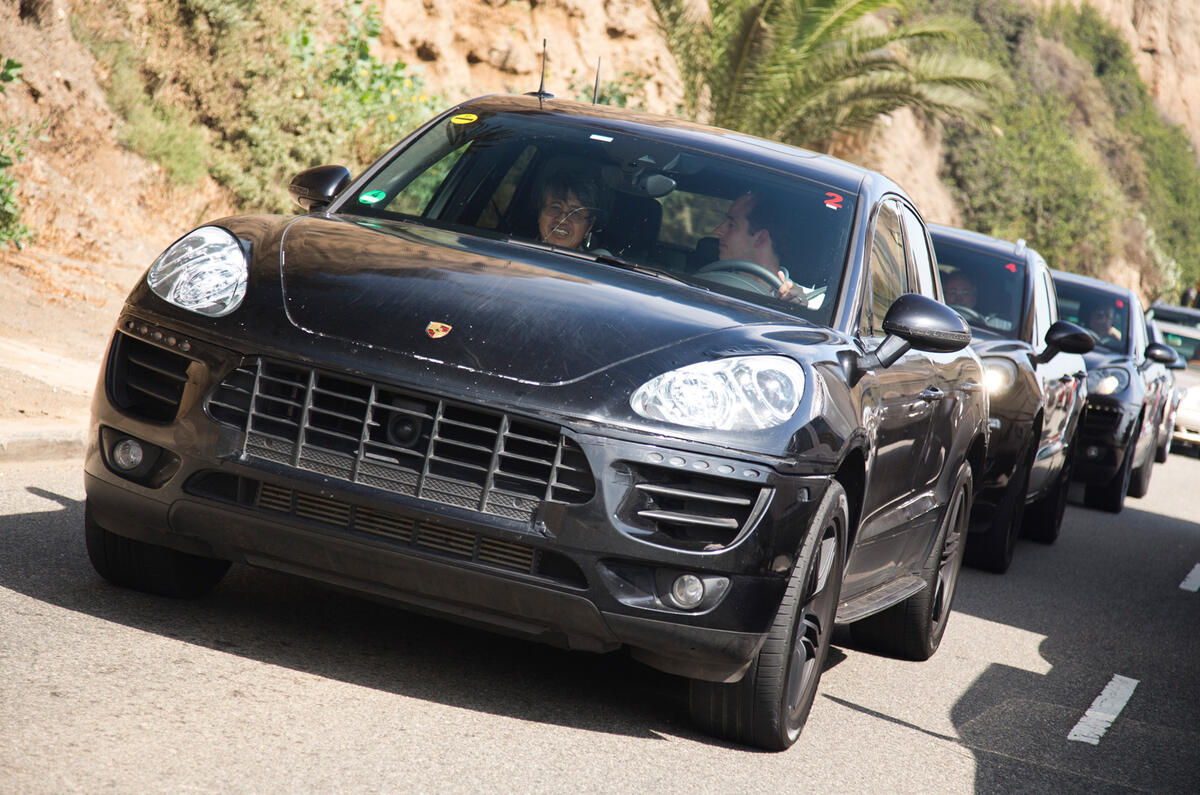

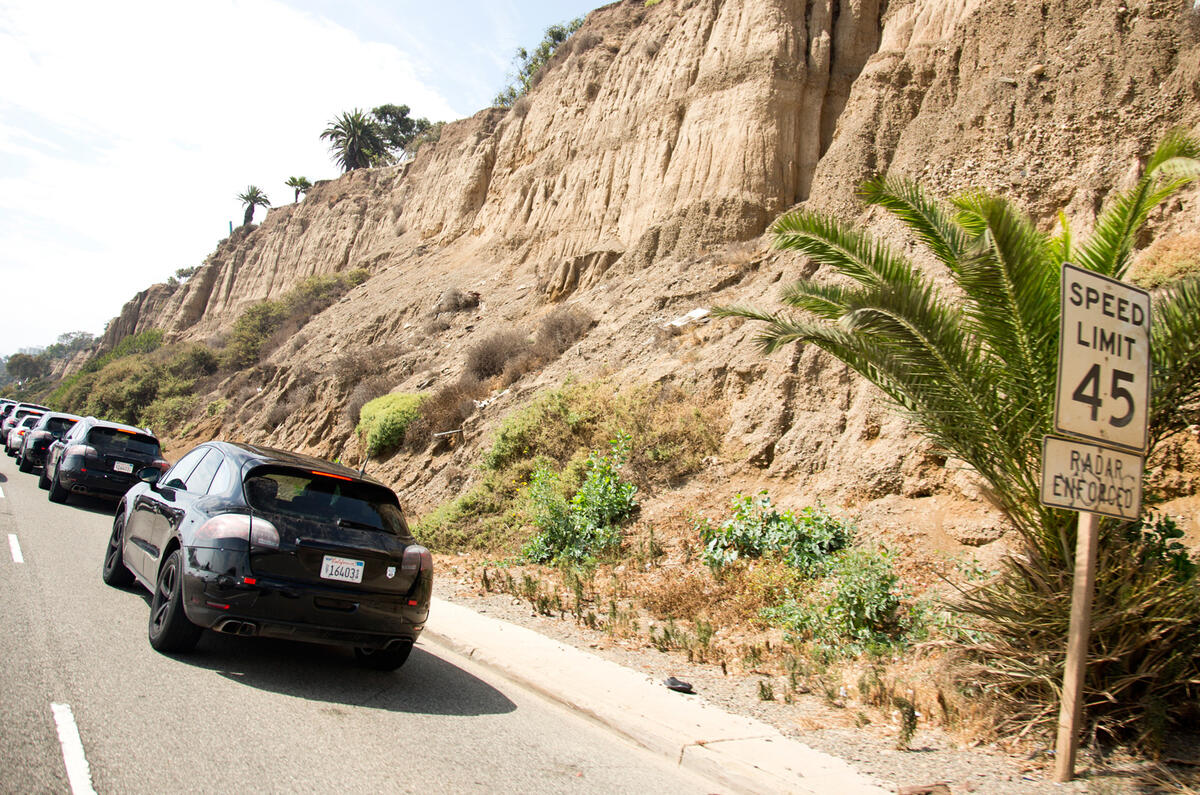
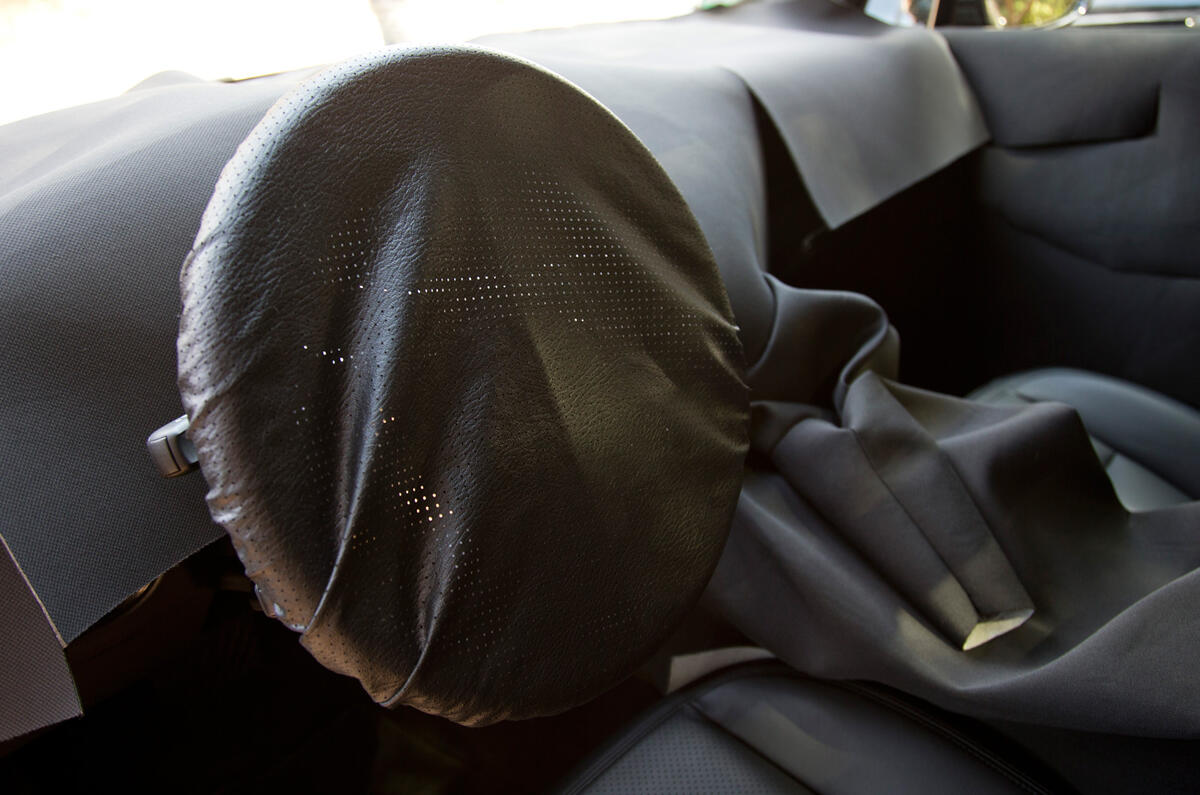
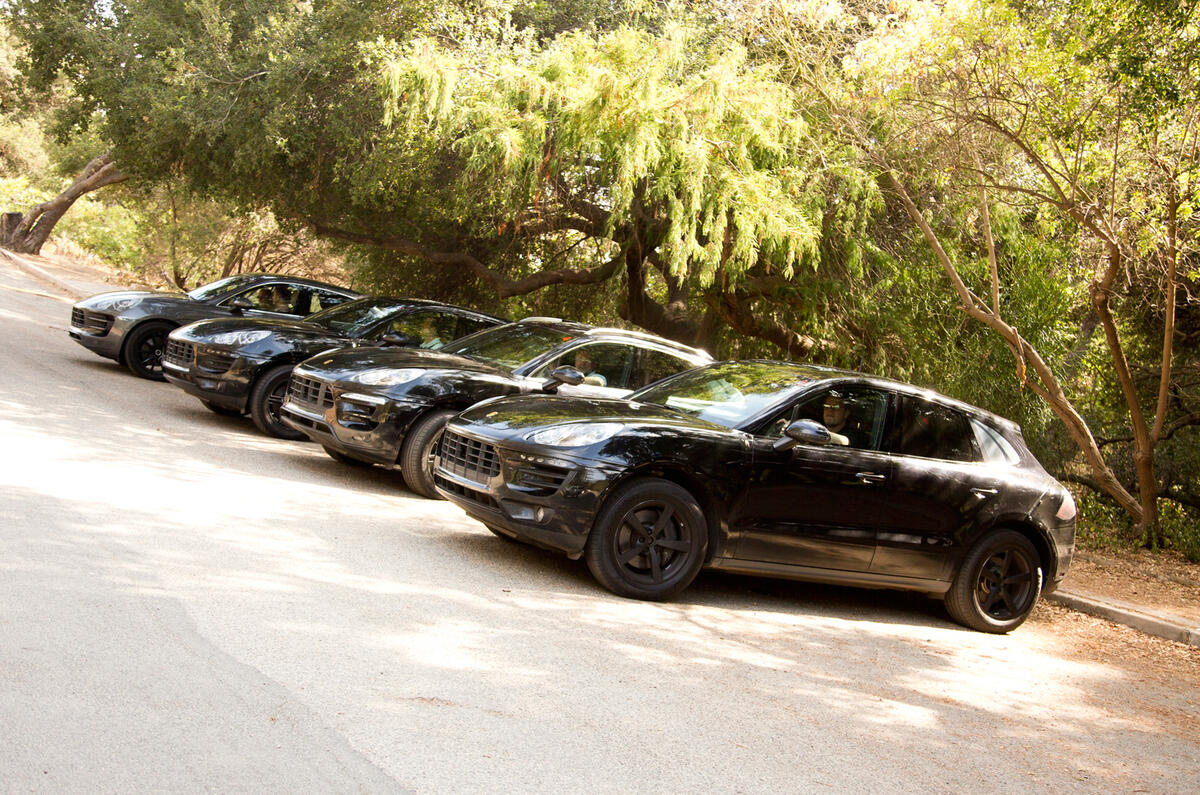
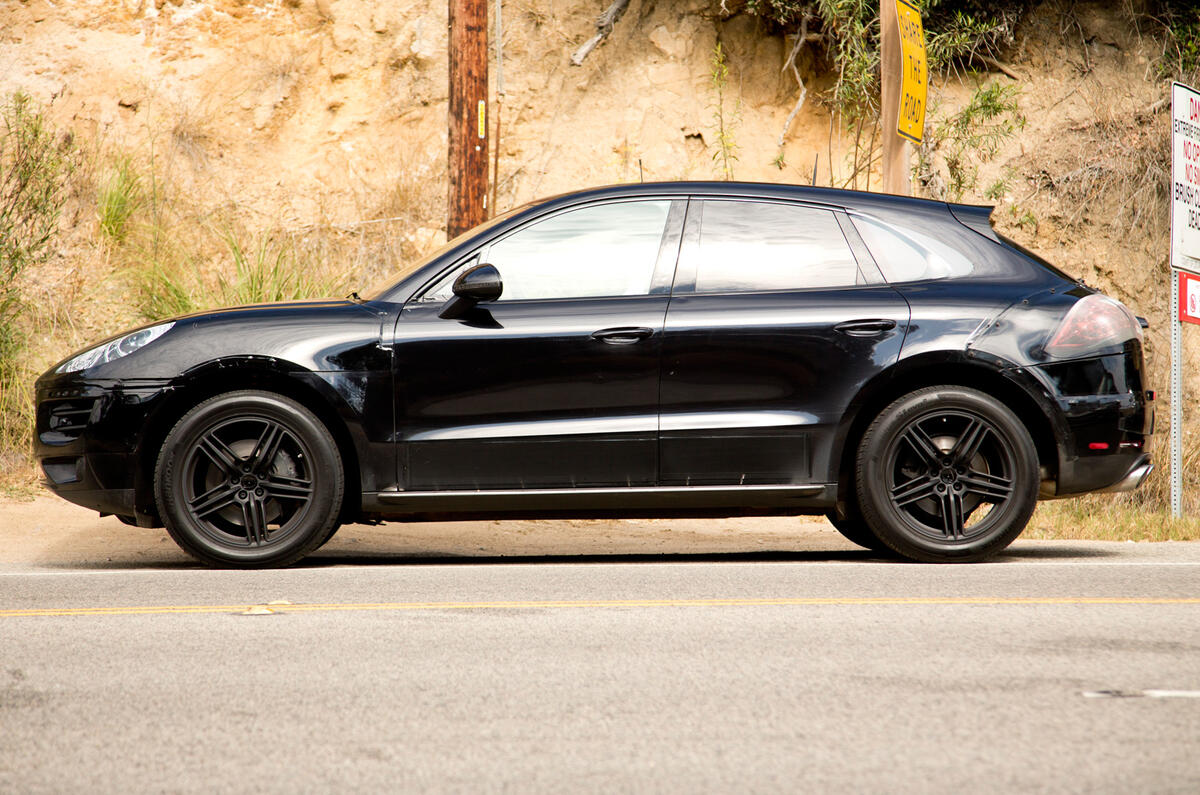
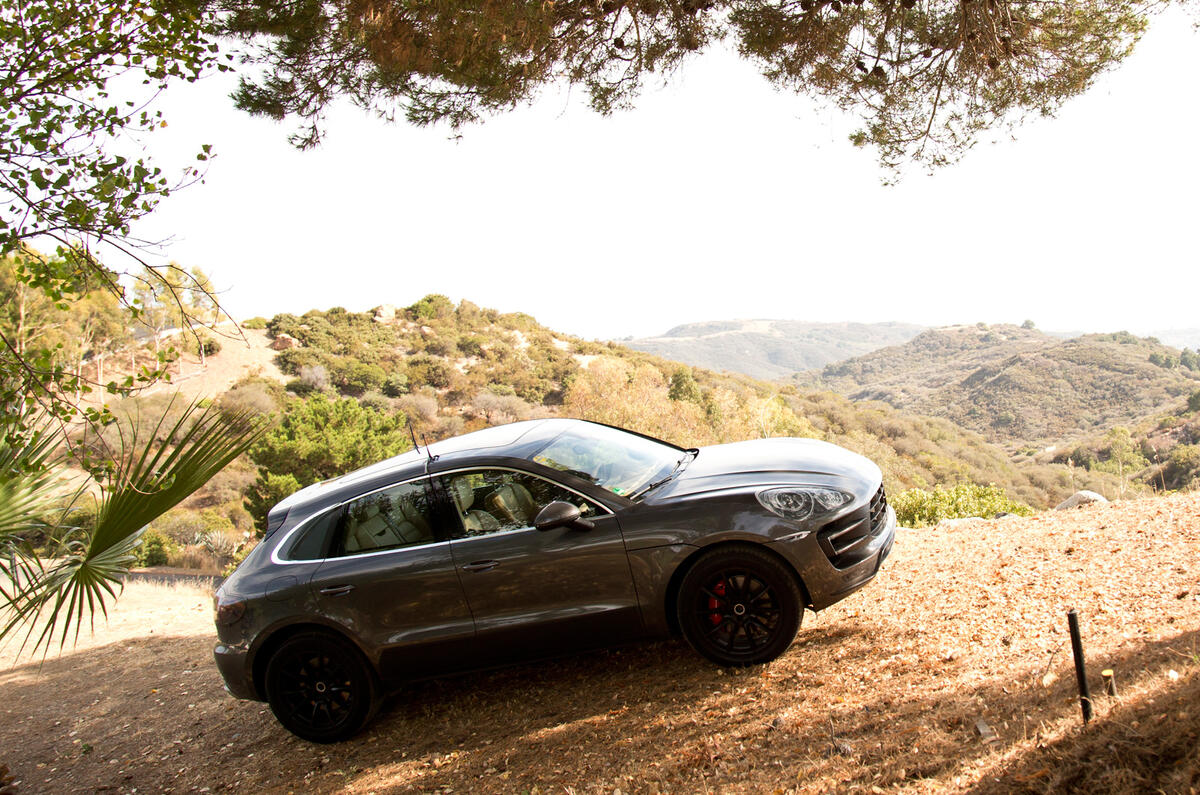
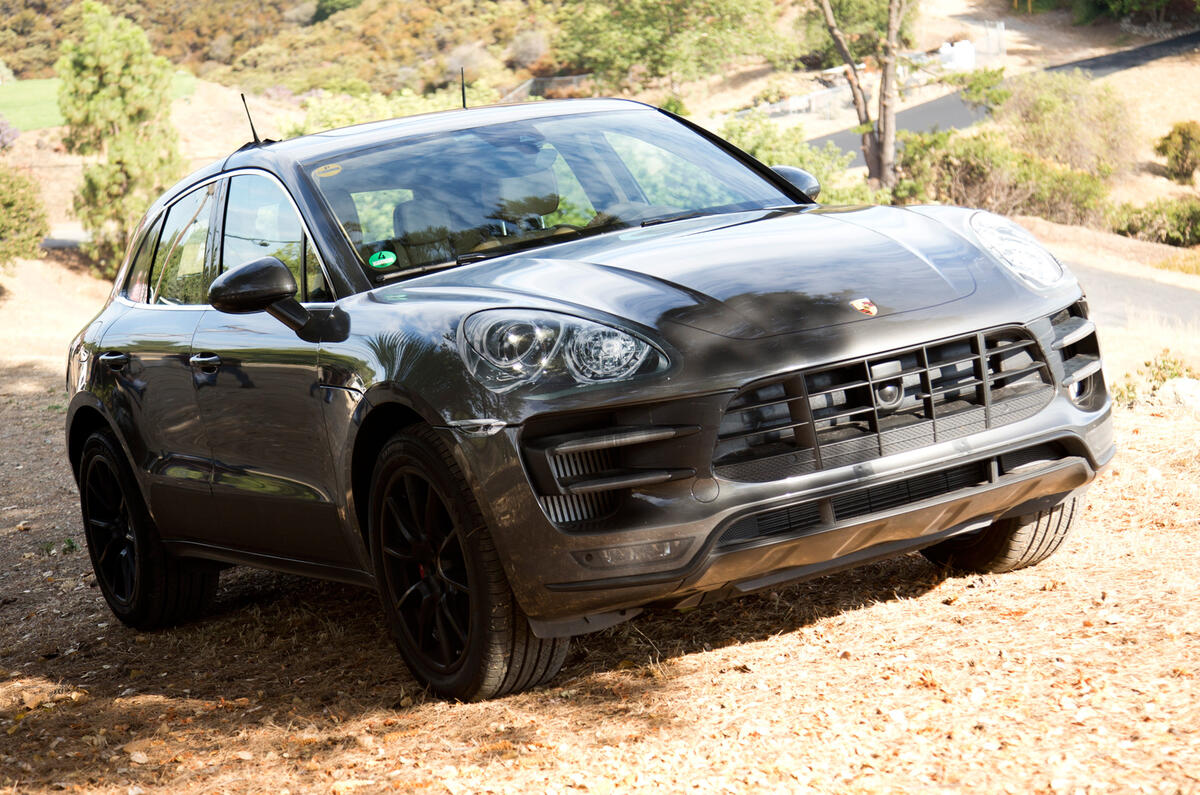
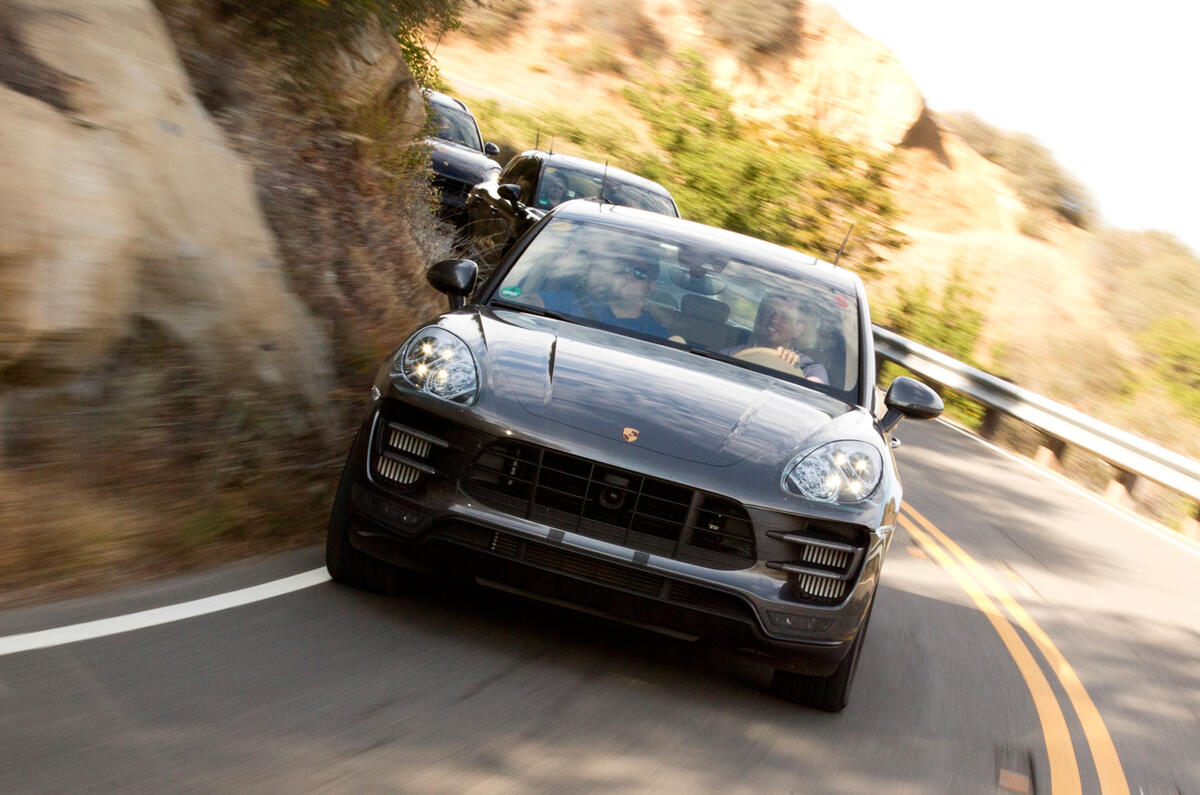



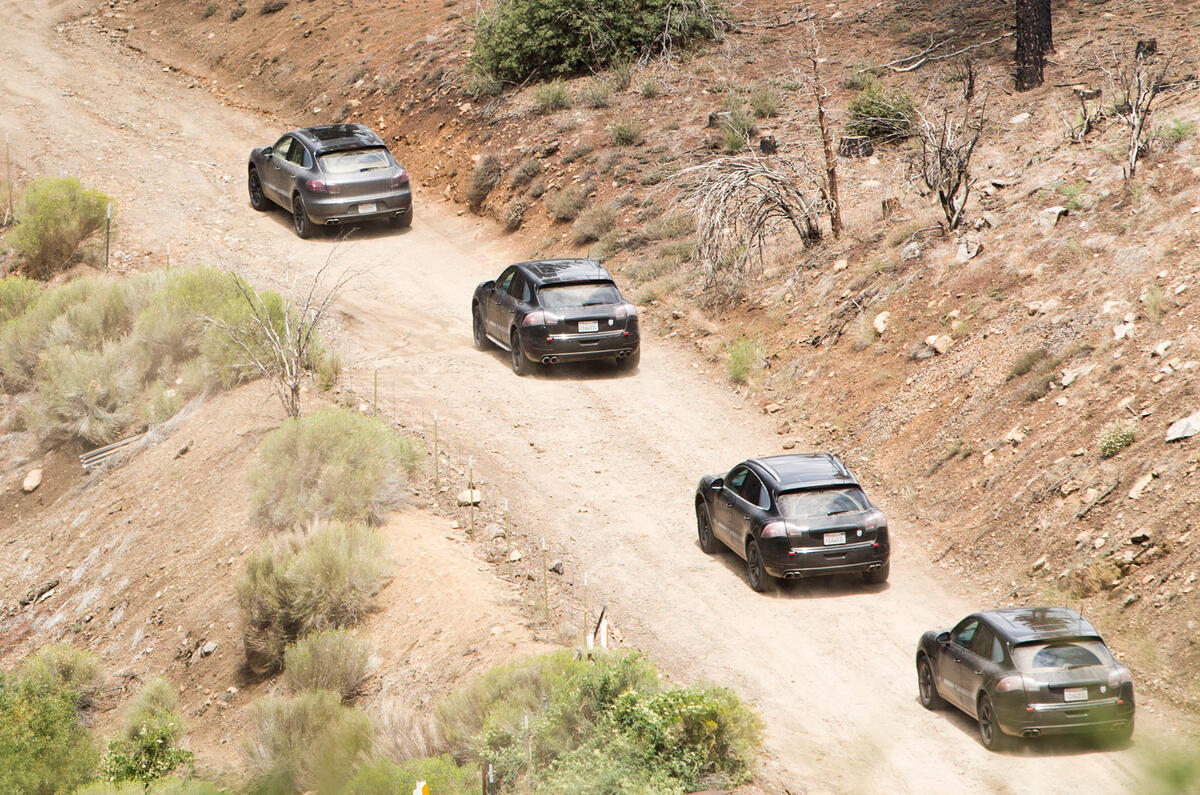
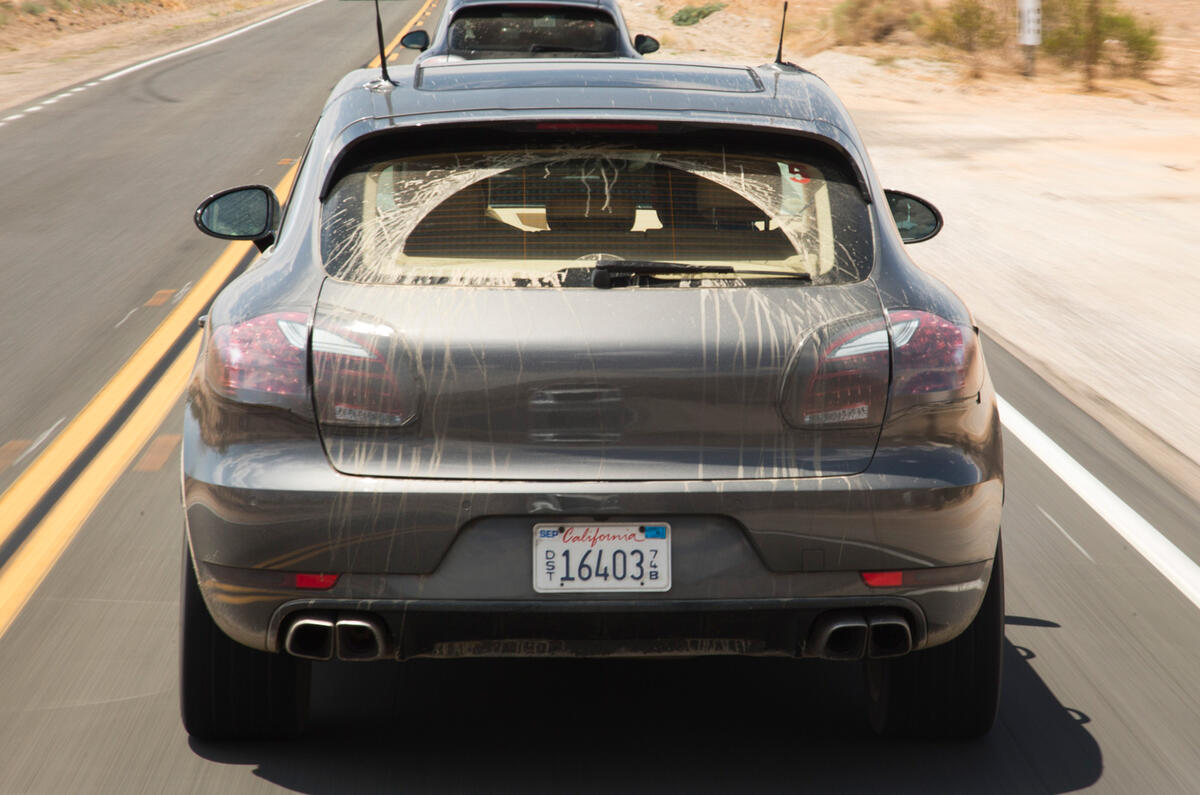
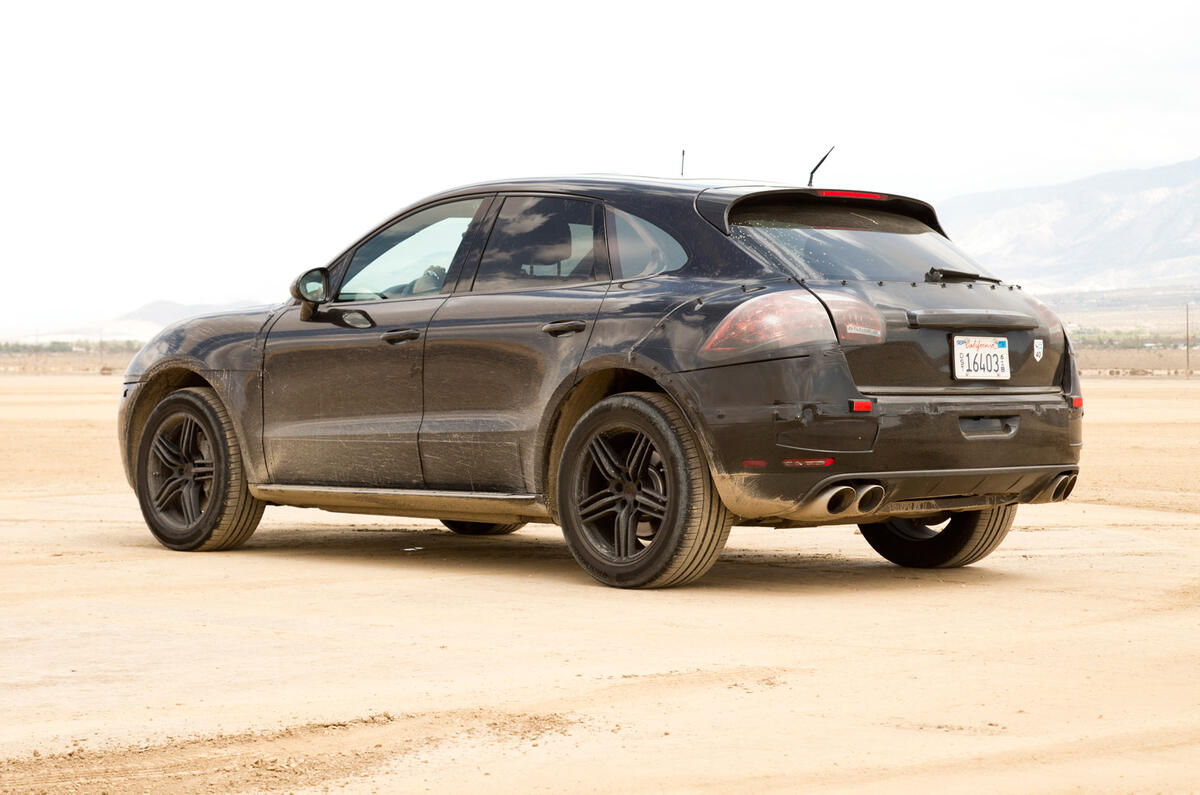
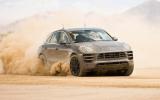


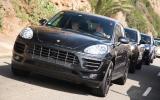
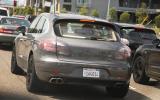
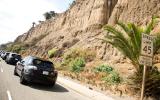

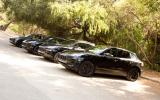
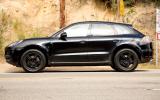

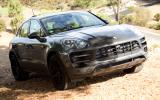
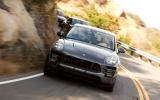
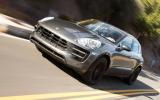
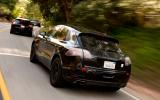
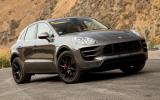
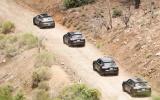
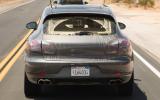
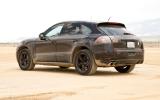


Join the debate
Add your comment
well written
Great review thanks. Probably out of my price range, but if I was in the market to afford an expensive SUV, I would opt for the Macan over a Q5 (3.0 l diesel of course)
I'd love a Macan over the Evoke any day
But sadly I couldn't afford a new one...
Maybe in 5 or 6 years I could afford a used one and judging by my friends recent experiences with 5 or 6 year old Discoverys and Range Rovers being hopeless money pits, I'd choose the Porsche.
A FWD 4 pots Diesel lorry :
A FWD 4 pots Diesel lorry : totally the Porsche philosophy.